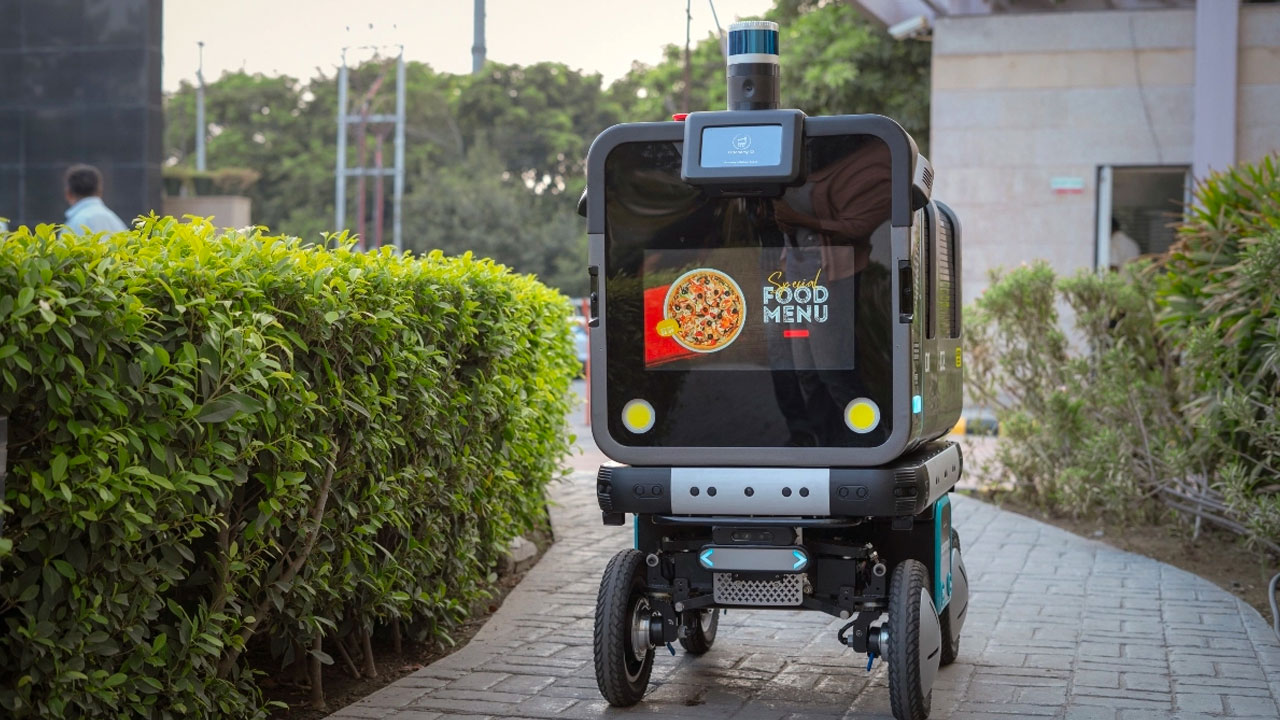As American businesses continue to grapple with an ongoing labor shortage brought on by the COVID-19 pandemic, many people who left the workforce over the past few years may never return.
Now, robots are beginning to fill empty roles humans have left behind.
Autonomous delivery robots are cropping up in hotels, airports and other public spaces as businesses with a dearth of manpower increasingly lean on emerging technology to maintain services.
Ritukar Vijay, co-founder and CEO of robot-maker Ottonomy.IO, says his company’s products are not replacing workers at all, but rather filling in the gaps to help companies and consumers alike.
“We are not replacing any people because the fact is that the labor shortage is so high that there’s already a crunch in the staff with our current customers,” Vijay told FOX Business. “What’s happening is we are enabling the minimal staff to do more and making sure that the end customer is not paying for the extra service.”
Ottonomy’s delivery robots can maneuver through crowds indoors and out, delivering food, parcels or equipment in compartments that are as large as a standard shopping cart.
Ottonomy has customers in Europe, the Middle East, and North America, including the U.S. and Canada. The company has had a live service running at CVG Airport serving Cincinnati and Northern Kentucky for the past six months or so, which allows flyers to order food and retail items from an app and have them delivered to them at their gate.

Of the 2,000 deliveries made by the autobots at CVG, there have been zero safety incidents to date. The technology will soon be available at airports in Philadelphia and Rome.
Vijay says his firm has also conducted pilots with a few of the largest retailers in the US, offering customers a contactless curbside pickup experience coordinated by an app where the robots bring orders to customers’ vehicles.
Ottonomy offers its robots via a subscription model called Robotics as a Service (RaaS), which the company says is more efficient, safer, and cheaper than traditional third-party delivery services. Vijay said the company gives its customers return on investment from the first month of installation, up to nearly 50% of what the delivery services would cost otherwise.

While the delivery bots can communicate with humans via a screen that displays different information and even a speaker to send audible messages, Vijay says not to expect to see one serving patrons at a sit-down restaurant any time soon.
“Serving is a different experience altogether,” he explained, noting that people coming inside a restaurant “want to experience the warmth of getting served.”
Robots cannot offer that – yet.


